James Isiche
You put your life on the line. The people who come to poach elephants...come with sophisticated weapons. You have to be alert. All the time. But if you take it like a calling, it’s very rewarding.
Why 2023 was monumental for Kenyan wildlife
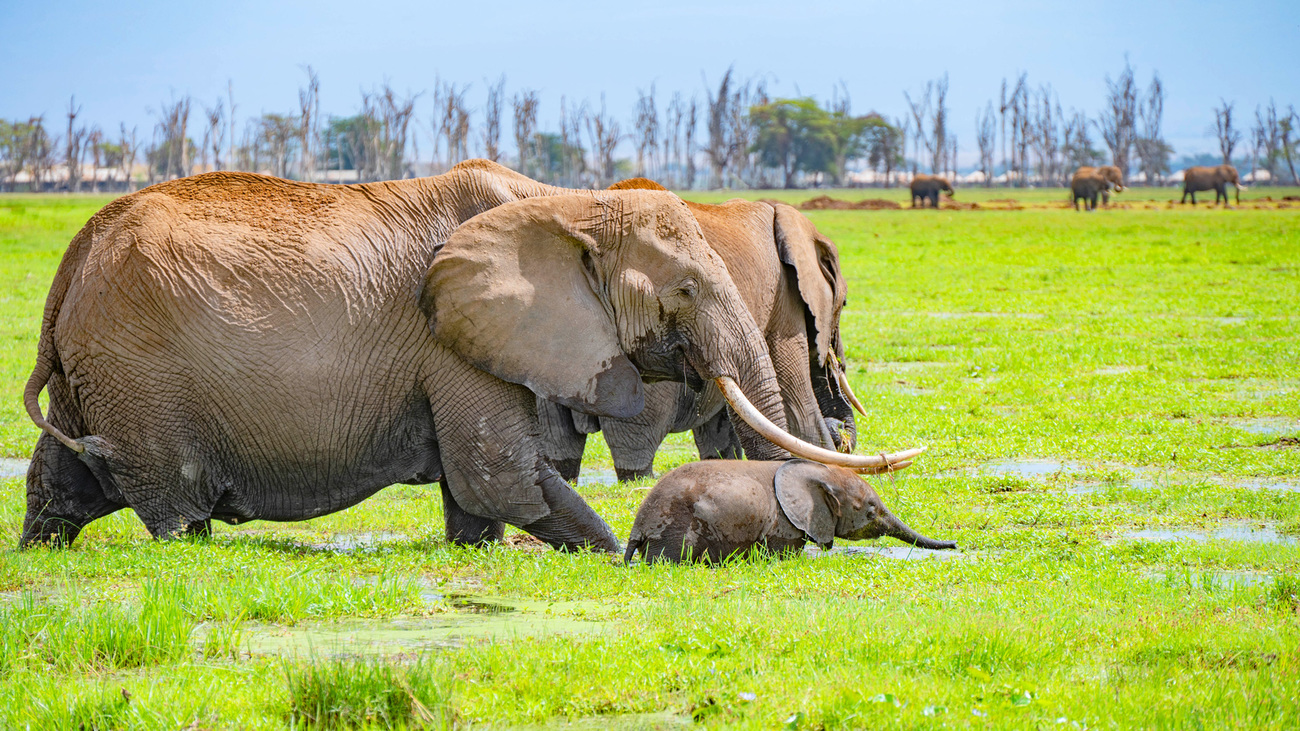
However, nature has got one significant shortcoming—the space is finite. As the number of people increases, the room for wildlife decreases, and this imbalance will have severe consequences for us all if we fail to protect our natural resources.
According to the 2019 census data, Kenya’s population grew by nine million in the last decade. Population growth increases pressure on both biodiversity and human communities, exacerbating food and water shortages, and reducing resilience in the face of climate change. Community lands on the edges of protected areas have increasingly been subdivided, fenced off, and converted to agricultural parcels. What’s more, as our human footprint expands into critical wildlife corridors, we create the perfect recipe for human-wildlife conflict.
This sobering reality necessitates a strategy that will strike the right balance between sustainable growth and protecting natural ecosystems.
That’s why the conservation experts at IFAW have been working tirelessly to bring partners together to urgently address threats to biodiversity. Thanks to their efforts, our transformative Room to Roam initiative is now gaining tremendous traction among Kenyan decision-makers in both national and county governments.
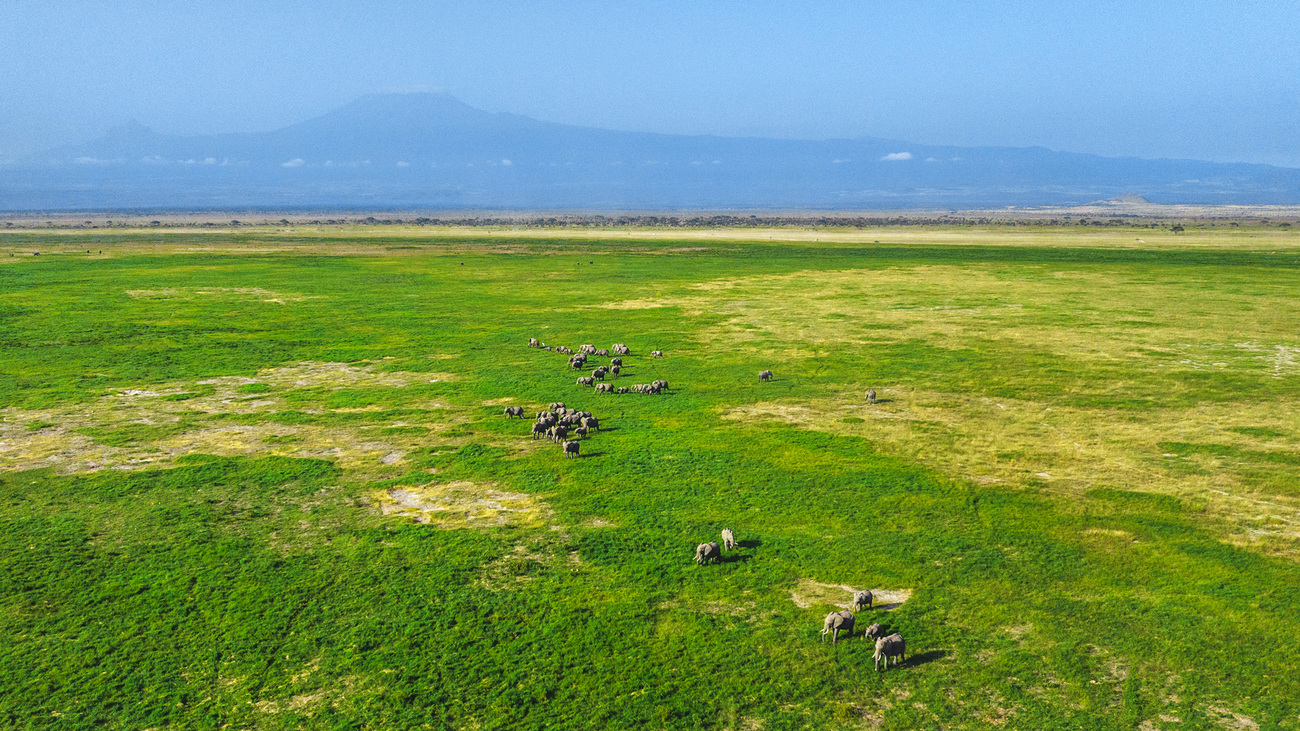
Backed by 20 years of science and engagement with local communities, Room to Roam is securing and connecting habitats, creating safe passages for wildlife to travel freely through their home ranges in East and southern Africa. The result will be greater biodiversity, natural resilience to climate change, and a future where animals and people can coexist and thrive.
Last year the profound initiative really gained momentum, making 2023 a monumental year for conservation in Kenya. There is an increasing realisation within political, conservation, and local community circles that we must do everything possible to protect wildlife habitats, achieve peaceful co-existence, and safeguard the economic livelihoods of over 50 million people. Planning and legislating how land can be used is central to this challenge.
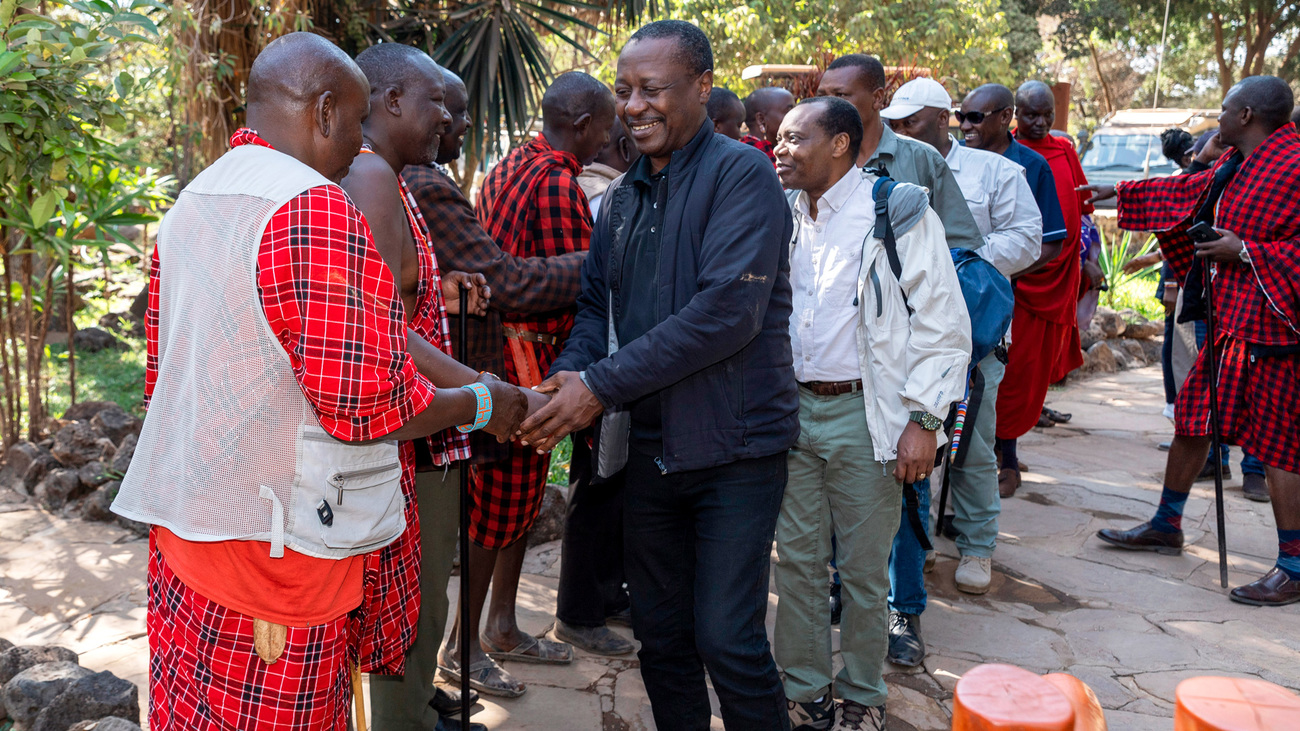
One of the biggest steps forward was an executive decree halting land transfers within wildlife zones—a demonstration of the political courage required to protect wildlife in an increasingly urbanising world.
In July, a presidential directive put a spotlight on protecting wildlife corridors, a huge relief for conservationists who’ve been shouting themselves hoarse for years. The directive is to implement Kenya’s National Wildlife Migratory Corridors and Dispersal Areas report recommendations. Development in one of Africa’s fastest growing capitals is fragmenting land on the southern edge of Nairobi National Park, where lions, rhinos, and buffaloes once roamed freely. To safeguard the Athi-Kapiti corridors from further human encroachment, buildings such as a cement factory are in line for demolition. This will ensure wildlife find space to move, forage for food, and breed.
In September, Kenya hosted the inaugural Africa Climate Summit. African politicians and climate-change leaders gathered to chart a path to address the climate crisis. At this landmark summit, IFAW delegates made a strong call to position wildlife conservation as a natural climate solution.
November saw IFAW and Kenya’s State Department for Wildlife host a milestone meeting with community stakeholders, national government leaders, county government agencies, and conservationists. The meeting paved the way to securing key dispersal areas within Kenya’s Southern Rangelands, a critical habitat for 70% of the country’s wildlife.
“Our plan is to protect wildlife corridors in the county to ensure elephants have enough room to roam while ensuring that communities gain tangible benefits from wildlife tourism,” Kajiado County governor Joseph Ole Lenku told the IFAW delegation.
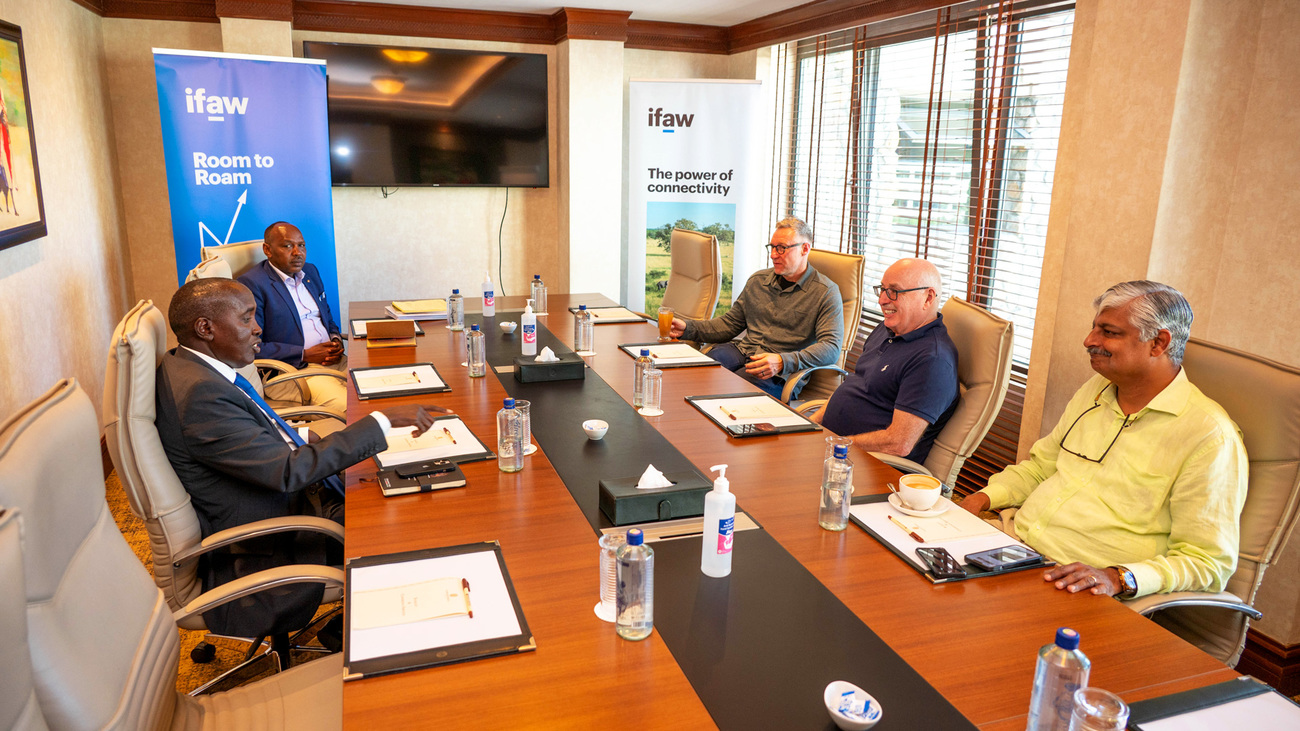
While Room to Roam advocates for connecting fragmented wildlife habitats, it’s also about mitigating the brutal impacts of climate change, like the droughts that many Kenyans have already witnessed. Families have suffered significant livestock deaths, disrupting the flow of income and food sources for pastoralists.
Communities play a critical role in protecting wildlife and the environment, so IFAW works to ensure people living alongside wildlife reap benefits from wildlife conservation efforts. In Kenya, economic empowerment through innovative programmes such as Inua Kijiji, Jenga Mama and Team Lioness have become integral to ensuring elephants and other wildlife are protected. Nearly 90 rangers from the local Maasai community have also secured a sustainable livelihood and are advancing conservation in the Amboseli ecosystem.
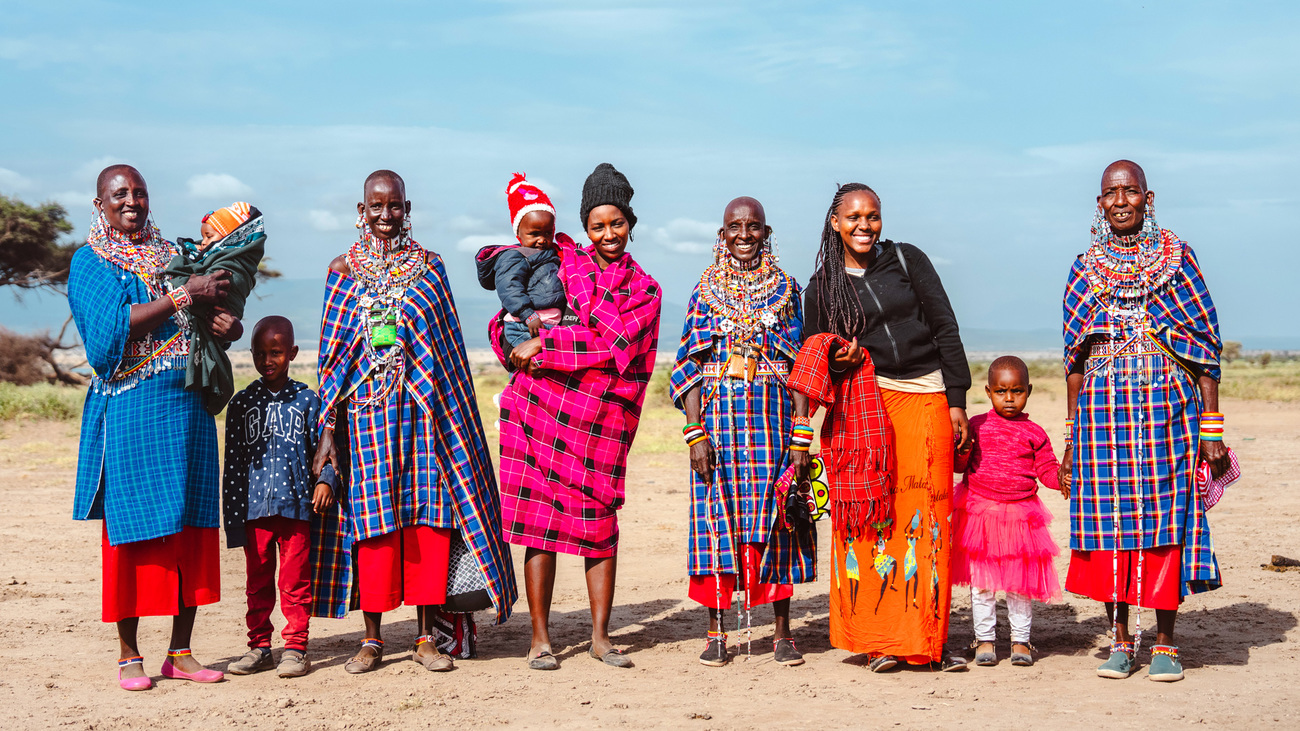
The Kitenden Conservancy best exemplifies the benefits of securing conservation areas by leasing land from the communities who own it. Kitenden is a critical corridor connecting Amboseli and Kilimanjaro National Parks. The parcel of land is vital for the Maasai community’s livelihoods as well as wildlife in the adjacent protected areas. Severe droughts, pressure from agricultural activities and increasing human populations brought people and wildlife closer to each other, exacerbating human–wildlife conflict incidents. To avert a potential crisis and provide a new lease of life for elephants, IFAW partnered with Maasai landowners to convert a section of the Kitenden corridor into Kitenden Conservancy. The Maasai benefit financially from leasing out 26,000 hectares of land, and wildlife can roam freely. Elephants are thriving alongside community members who value and appreciate conservation as a competitive land-use plan.
Thanks to stronger partnerships with local communities through platforms such as the Community Thought Leaders Forum and the Maa Economic Bloc, we are witnessing genuine community buy-in and building consensus around protecting wildlife corridors and dispersal areas.
We reached fantastic milestones in 2023, and we are on an upward trajectory for 2024 that positions wild animals as a resource to propel our social-economic ambitions. Room to Roam stands out as a sustainable solution to ensure both human and wildlife populations will be viable long into the future.
James Isiche
You put your life on the line. The people who come to poach elephants...come with sophisticated weapons. You have to be alert. All the time. But if you take it like a calling, it’s very rewarding.
Our work can’t get done without you. Please give what you can to help animals thrive.
Unfortunately, the browser you use is outdated and does not allow you to display the site correctly. Please install any of the modern browsers, for example:
Google Chrome Firefox Safari